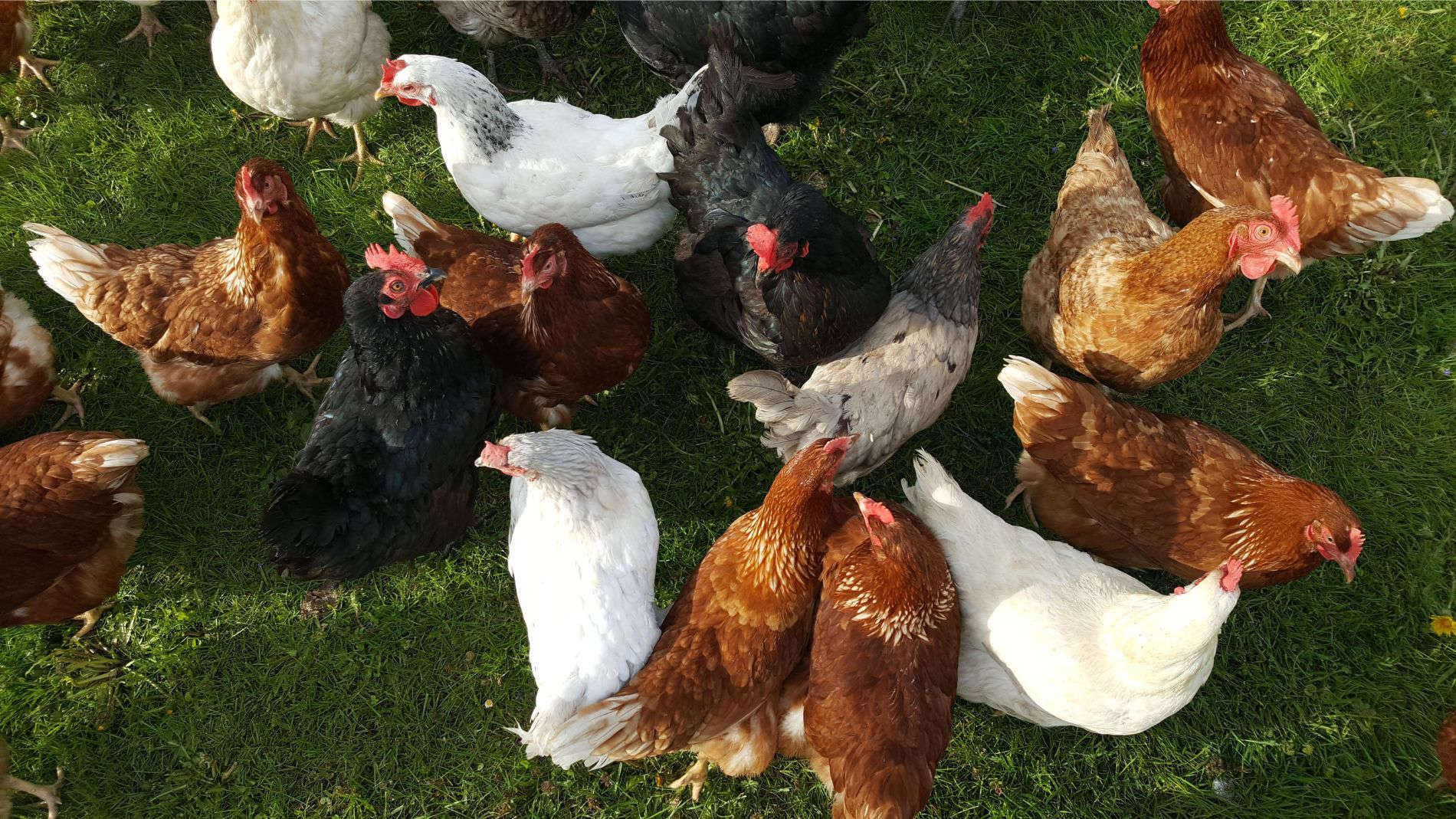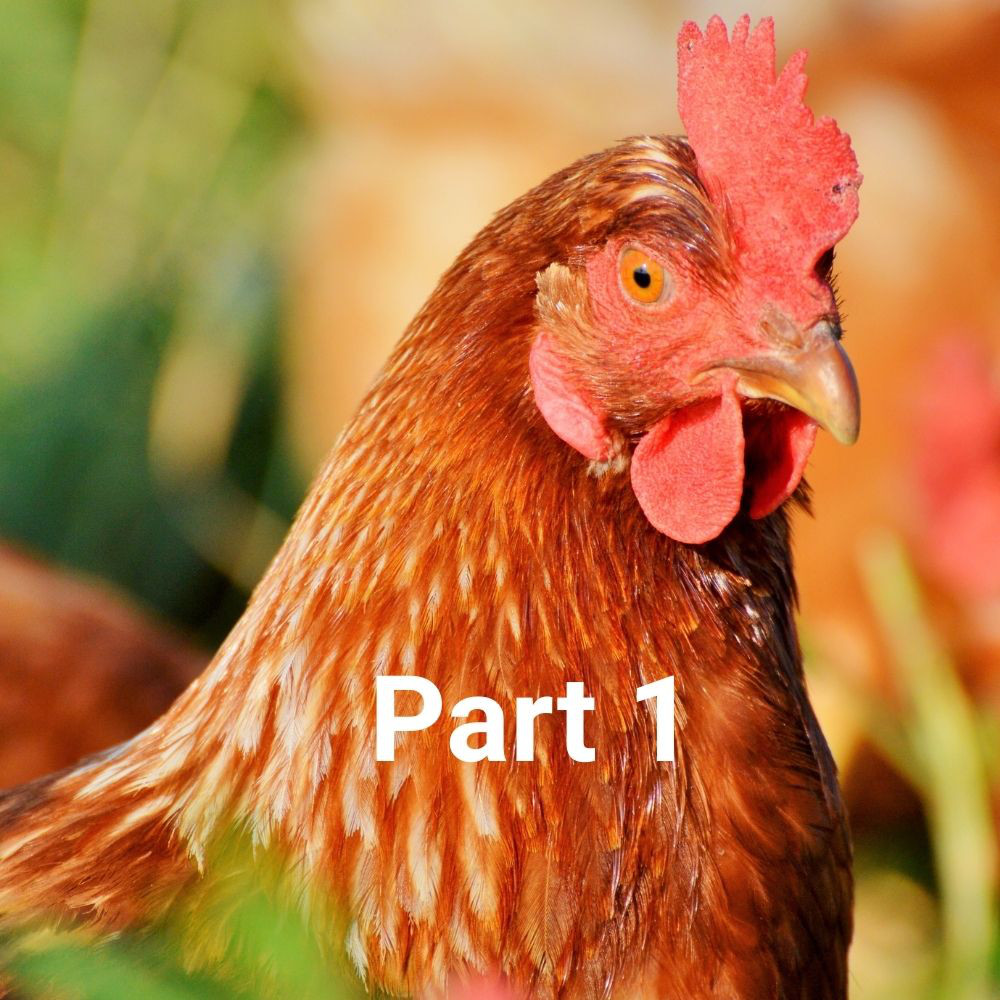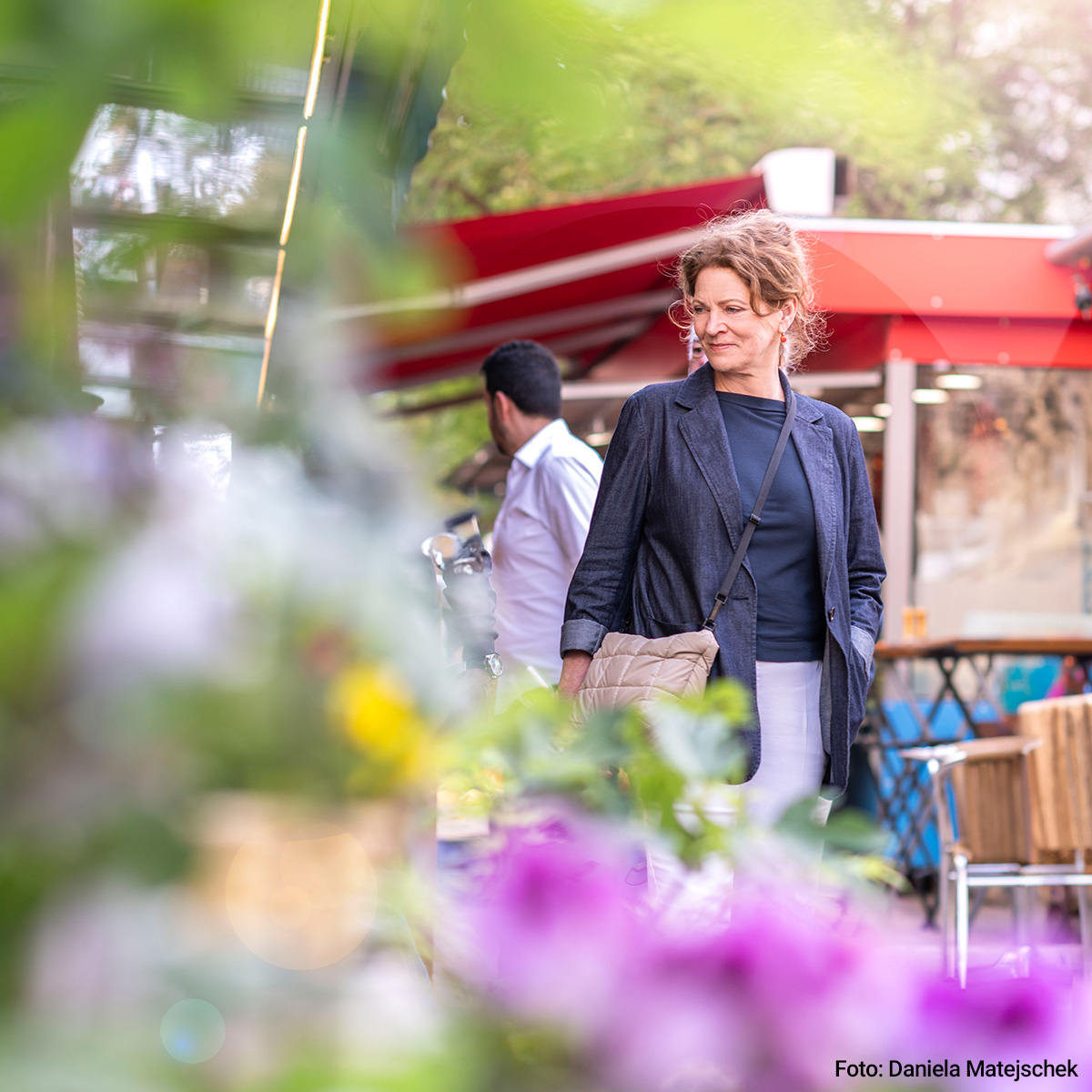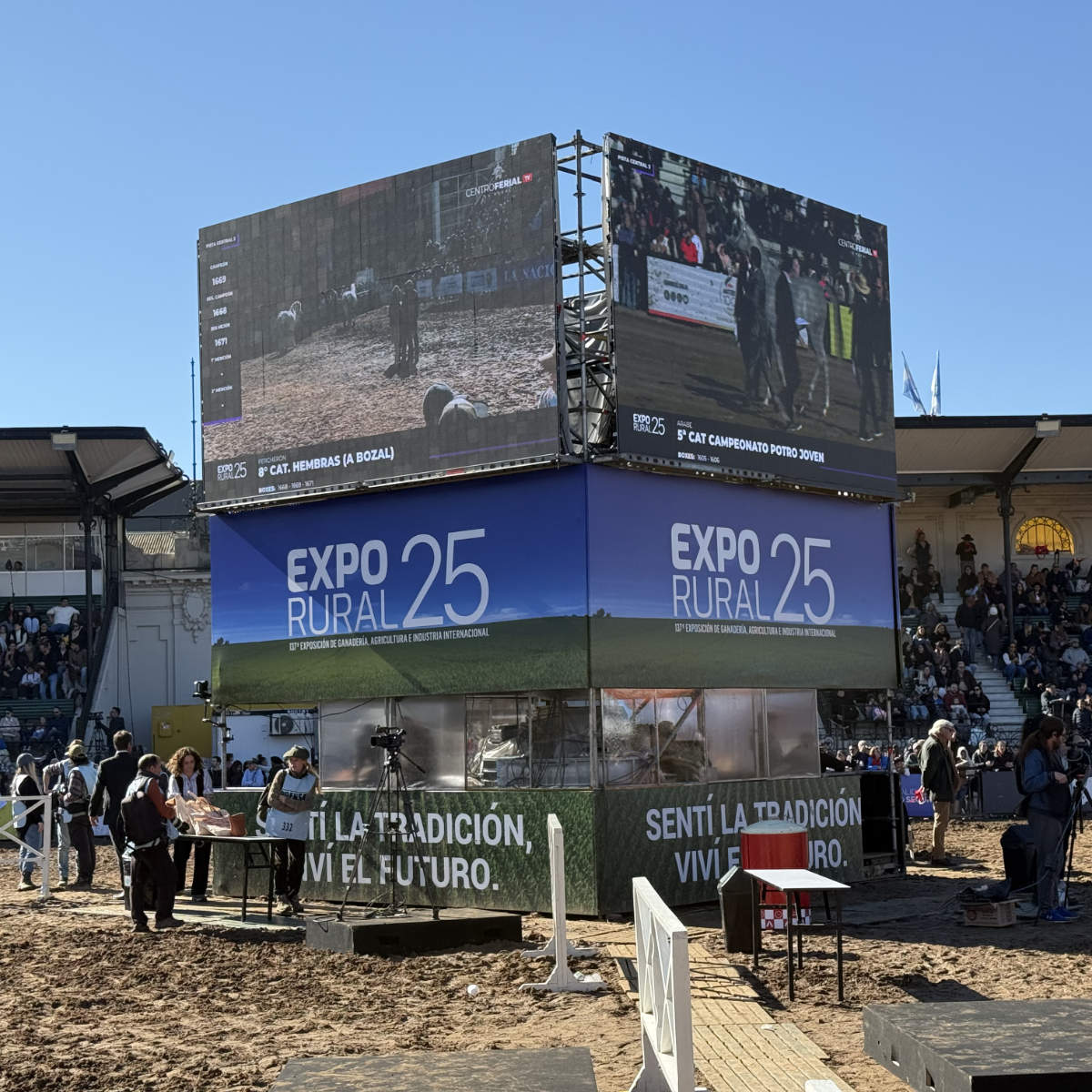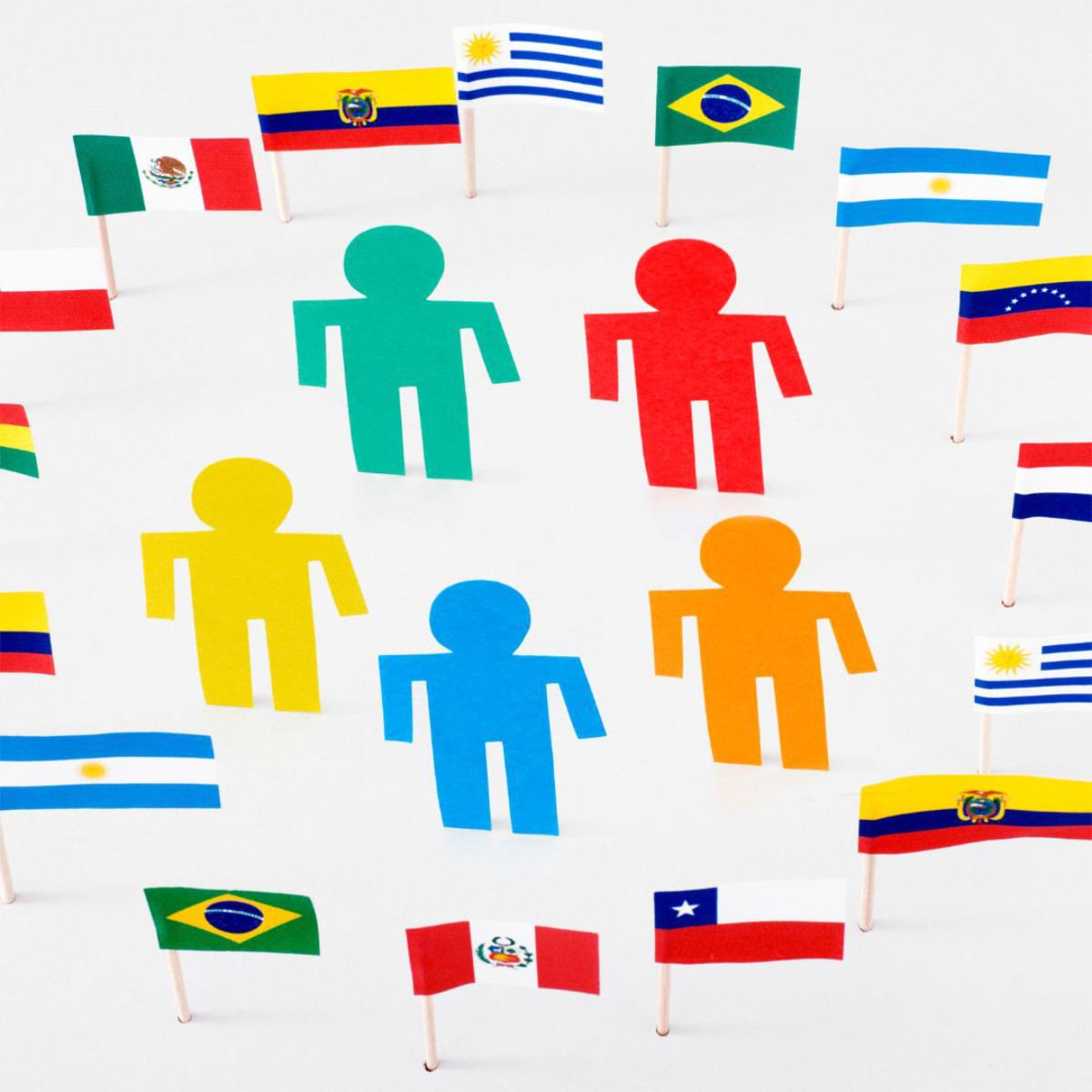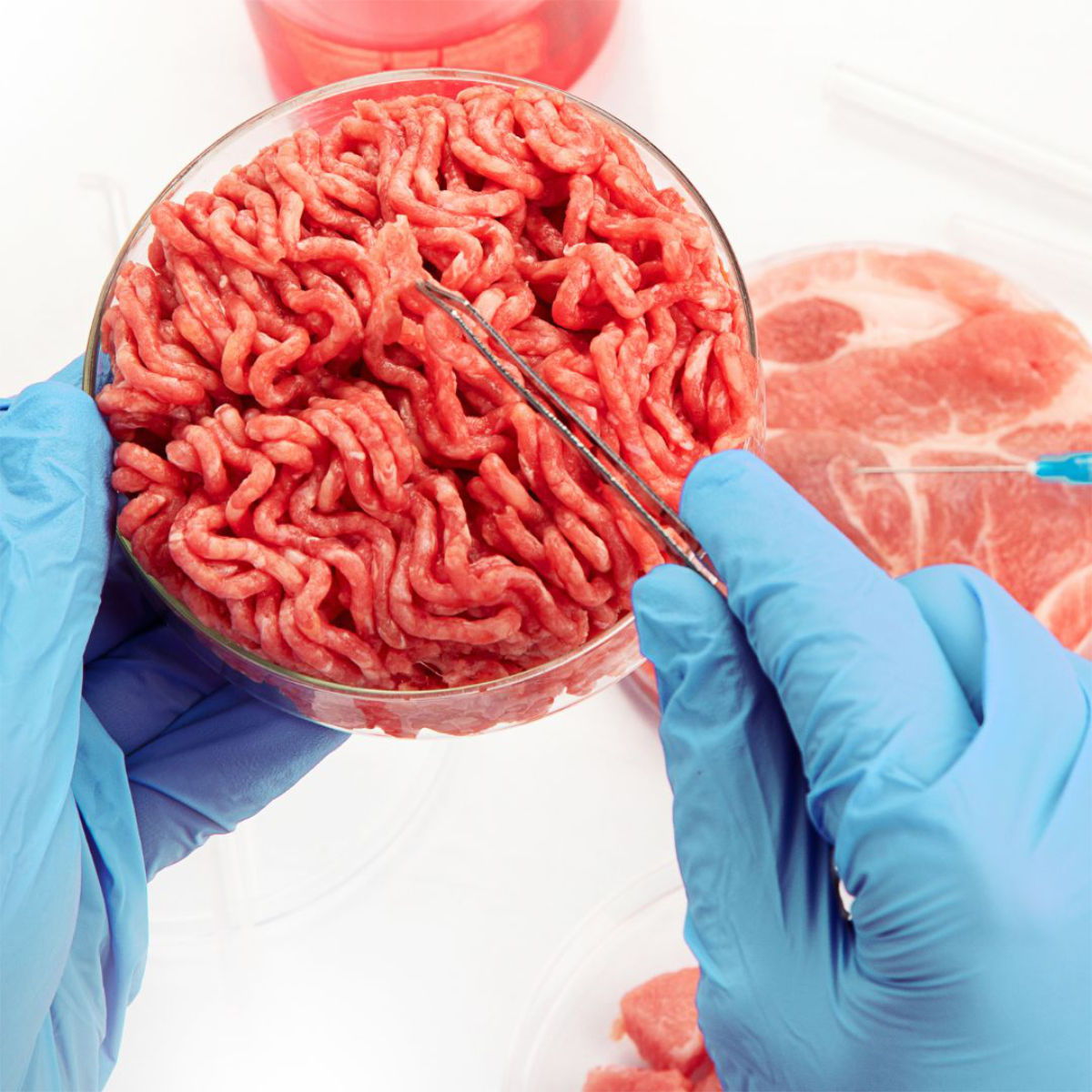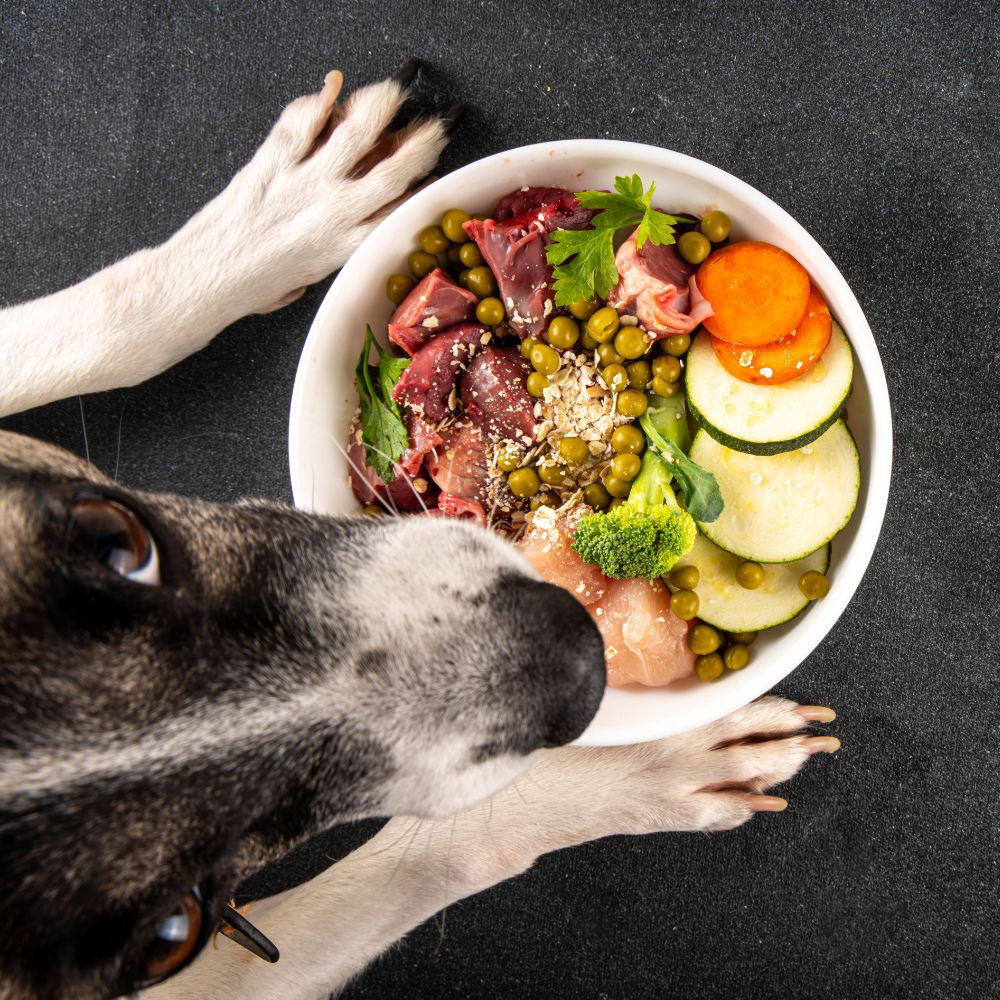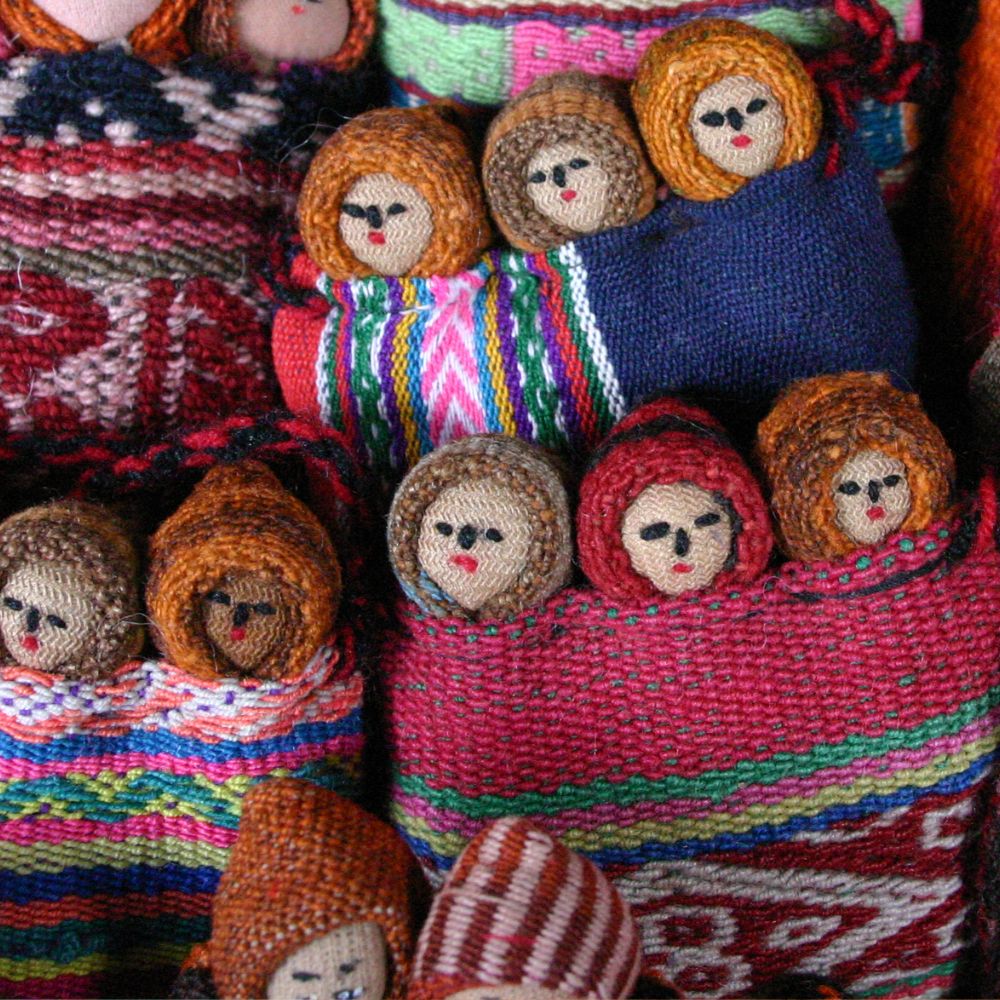Reading time: 4 minutes
Sustainability and environmental awareness
The sustainability of food is a relevant demand criterion in many industrialised countries. According to an Innova Trend Survey1 from 2024, one in four consumers in Germany considers themselves to be ‘meat reducers’ or flexitarians. Market researchers refer to this trend as ‘climate adaptation’. Environmentally conscious and responsible consumers are limiting their meat consumption because they are concerned about environmental impacts, climate change, animal welfare and the health consequences of their eating habits. By purchasing poultry instead of red meat, they see themselves as being on the more ethically correct side. In fact, the chicken and turkey value chain has the smallest carbon footprint of any meat production. This was confirmed by Nicolò Cinotti from the industry association International Poultry Council (IPC) at International Poultry Day during the EuroTier 2024 trade fair in Hanover. He believes that a further reduction in greenhouse gas emissions is entirely conceivable with appropriate feeding. Peter Wesjohann, CEO of the Visbek-based PHW Group, Germany's largest poultry company, fully agreed with Cinotti's statement at the German Poultry Forum in Berlin in April 2025: ‘Around 1.5 kilograms of feed for the production of 1 kilogram of poultry is unbeatably good compared to beef and pork.’ Approximately 70 per cent of CO2 emissions come from the raw materials in the feed, which is why poultry meat has a good ecological balance. ‘Increasing poultry consumption while reducing meat consumption is also good for the climate,’ Wesjohann summarised.
Technological challenges in poultry meat processing
Integrated solutions
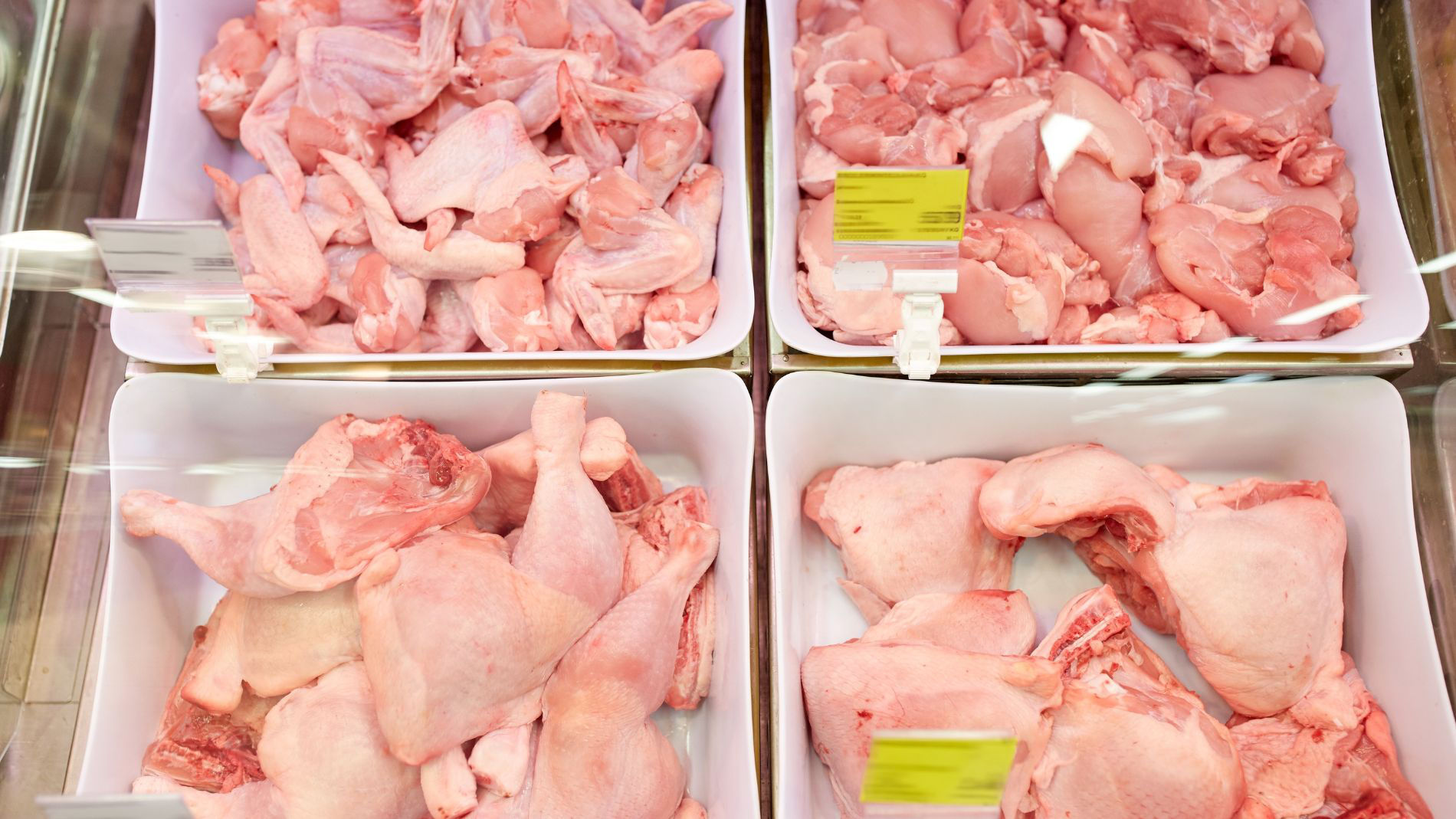
Marketing manager Roy Driessen from JBT Marel, one of the leading suppliers of poultry processing systems based in Reykjavik, explains that his industry is characterised by largely integrated solutions controlled by intelligent software. ‘In red meat production, on the other hand, individual, independent machines are often still used,’ adds Driessen. The systems designed by JBT Marel are connected, exchange data and can even be remotely controlled from the control room or via a tablet. Artificial intelligence has also found its way into the industry, for example in the automatic adjustment of machine settings based on collected data. Such complete integration ensures seamless traceability – from the end product to the individual chicken at the farmer's. Driessen knows that red meat processing has not yet reached this stage of integration.
Higher speed and automation
He cites the higher degree of automation and the higher speed of the lines as another difference. This means that less manual work is required on the conveyor belt – except for hanging the chickens at the start of the line. Instead, more skilled jobs are created, such as line managers or machine operators. Driessen: ‘Processes such as stunning, plucking, roasting, cooling, cutting, filleting and packaging can be carried out almost entirely automatically and without manpower.’ Personnel are only needed for settings, control and inspection of the running line, as well as maintenance, servicing and repairs.
In the red meat sector, on the other hand, many physically demanding cutting tasks are still required. The many times higher processing capacity in poultry slaughtering and processing is another distinguishing feature compared to pork and beef: Marel's systems can process approximately 15,000 chickens per hour; 3,000 male turkeys, 3,600 female turkeys due to their lower weight, and 6,000 ducks.
Adaptation to the structure of the meat
While efficient cutting using more robust methods is usually the priority for beef and pork, manufacturers such as Günther Maschinenbau GmbH tailor their solutions to the particularly tender structure of chicken and turkey meat. ‘We focus primarily on gentle treatment of the meat while at the same time achieving high added value,’ explains Günther sales manager Dirk Deuschle. The Eppertshausen-based company's portfolio includes injection, tumbling, massaging and marinating technologies.
Injection involves introducing marinade or spice flavours directly into the meat and distributing them evenly. Precise control of the injection parameters ensures gentle treatment of the meat without damaging the tissue. During tumbling, the meat is moved in a rotating drum. The mechanical process gently loosens the muscle fibres, evenly moistens the meat and activates its protein function. Simultaneous massaging of the meat enhances this effect by improving the texture and promoting the binding of marinades. Marinating itself optimises flavour, juiciness and tenderness. The combination of injection, tumbling and massage allows the marinade to penetrate deep into the meat, resulting in a more intense flavour experience. The naturally less pronounced meat aroma of chicken and turkey allows for more distinctive and varied seasoning.
Special features in the production of poultry meat products
Poultry has a relatively low proportion of intramuscular connective tissue and fat. However, because a boiled sausage, for example, requires a minimum fat content in order to taste good and have the necessary ‘bite’, poultry sausage manufacturers often include fat in the form of poultry skin with the underlying subcutaneous fatty tissue in their recipes. Hardened vegetable fats or vegetable oils are often used in raw sausages made from poultry meat. Even in small quantities in the low single-digit percentage range, they improve the spreadability of a tea sausage. If, on the other hand, the vegetable fat serves as a substitute for animal fat, it must be mentioned in the name of the foodstuff with its own designation (e.g. rapeseed oil, sunflower oil, palm fat, etc.) in accordance with the Guidelines for Meat and Meat Products2. This is why consumers today often find products such as ‘poultry sausage with rapeseed oil’ on the shelves. Furthermore, the guidelines stipulate that poultry meat products must be declared accordingly if meat from other animal species has been used in their recipes – for example, as ‘turkey liver sausage with 20 per cent pork’.
A decisive quality criterion for raw meat is its colour. It influences the consumer's purchasing decision, as they associate a strong red colour with good meat quality. In poultry in particular, myoglobin, with 30 to 150 mg/100 grams, is often not sufficient as a meat-specific pigment to achieve the desired colour intensity. By way of comparison, the myoglobin content in beef is between 250 and 350 mg myoglobin/100 grams of meat, and in pork between 130 and 180 mg. Manufacturers such as Avo-Werke August Beisse in Belm and Nova Taste Germany GmbH in Freilassing therefore provide additives and colourings. In the production of reddened boiled sausage products such as Vienna sausages, bockwurst and Leberkäse, citric acid, for example, ensures an optimum pH value for colour stabilisation. Ascorbic acid serves as an effective additive. Colloquially known as vitamin C, this additive accelerates and intensifies the breakdown of nitrite into nitrogen oxide, thus promoting reddening.
Sources
2 Bundesministerium für Landwirtschaft, Ernährung und Heimat (Federal Ministry of Agriculture, Food and Rural Affairs in Germany): Guidelines for meat and meat products (in German language)
